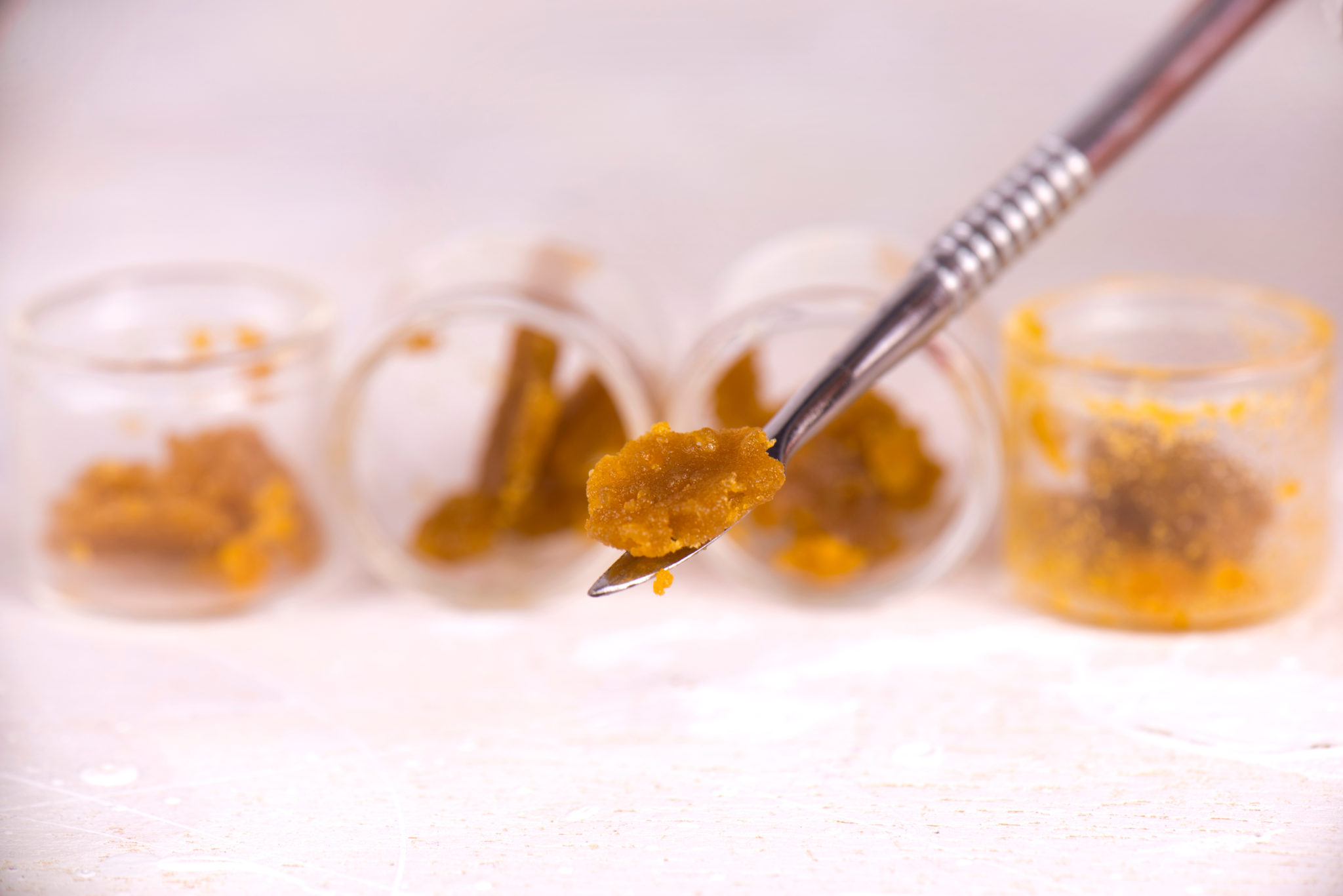New results from a Colorado study indicate that inhaling cannabis concentrates, or “dabbing,” doesn’t affect a person’s balance or sense of being “high” any more than smoking the flower form of the drug, despite causing high levels of THC in the blood.
The findings could lead to eventual changes in how law enforcement uses roadside sobriety tests to determine whether a driver is under the influence of cannabis.
Brian Tracy, an associate professor in the Department of Health and Exercise and Science at Colorado State University, developed a battery of tests to assess balance, movement speed and reaction times in cannabis users, administered using the sensors on an Apple iPod. He began collaborating with a group of CU Boulder researchers in 2017, contributing the movement measures to their project.
Mobile laboratory
In the study, existing users of the concentrate and flower forms of cannabis were tested in a van outside their homes before and after using the substance.
The team wasn’t involved in handling or dispensing the drug to users — the participants purchased their own product. (Cannabis is still categorized as a Schedule I controlled substance by the federal government, limiting universities’ ability to research stronger strains of the drug.)

The “cannavan” used for the mobile testing. (Photo by Patrick Campbell/University of Colorado)
“We cannot bring legal market cannabis into a university lab, but we can bring the mobile lab to the people,” said lead investigator Cinnamon Bidwell, an assistant professor in CU Boulder’s Institute of Cognitive Science and Department of Psychology.
Results from the study were published June 10 in JAMA Psychiatry, a publication of the Journal of the American Medical Association.
Battery of tests

A research assistant performs a balance test while wearing an Apple iPod Touch.
For the study, researchers conducted baseline tests of 121 participants in a CU Boulder lab, then visited their homes, where the users were tested immediately before, immediately after and one hour following the use of either cannabis flower or concentrate. Researchers measured participants’ blood THC levels, mood/intoxication levels, cognitive function and balance.
Tracy used the gyroscope and accelerometer in an Apple iPod Touch strapped to participants’ bodies to assess their ability to complete basic physical movements involving balance as well as leg, finger and arm movements. Balance was tested with eyes open, then eyes closed, then eyes closed with the head tilted backwards, to challenge the participants’ “proprioception,” or awareness of the body’s position and movements. (For this paper, researchers only used Tracy’s results from the balance test; findings from the other assessments will be published in the coming months.)
The results showed significant increases in blood levels of THC (tetrahydrocannabinol) in those who dabbed (averaging 1,016 micrograms per milliliter after use, while flower users’ levels spiked at 455 micrograms per milliliter). But concentrate users’ self-reports of intoxication, or feeling “high,” were similar to those from flower users. And while balance in both groups was affected, particularly while their eyes were closed, there wasn’t a discernible difference in their performance, Tracy said.
“There was no relation between the change in THC in the bloodstream and change in balance impairment,” he explained. “There was significant balance impairment for the whole group of participants, but there was no significant difference between the group that used flower and the one that used concentrate. This could imply that a saturation effect may occur. In people who really increase the THC levels in their blood, there may be a plateauing effect on balance.”
Alcohol vs. cannabis

Tracy added that the results suggest alcohol and cannabis act differently in the body because there is a long-established link between the amount of alcohol someone has consumed and their degree of motor function impairment.
“Blood levels of THC in these ranges could reveal approximately how much you smoked, but it won’t necessarily predict balance impairment,” he said. “With alcohol, performance typically declines as the level of consumption increases, but that does not appear to be the case with cannabis at these relatively high levels of blood THC.”
The project was funded by an $839,500 grant to the CU Boulder group from the Colorado Department of Public Health and Environment as well as support from the National Institutes of Health.
The Department of Health and Exercise Science is part of CSU’s College of Health and Human Sciences.
